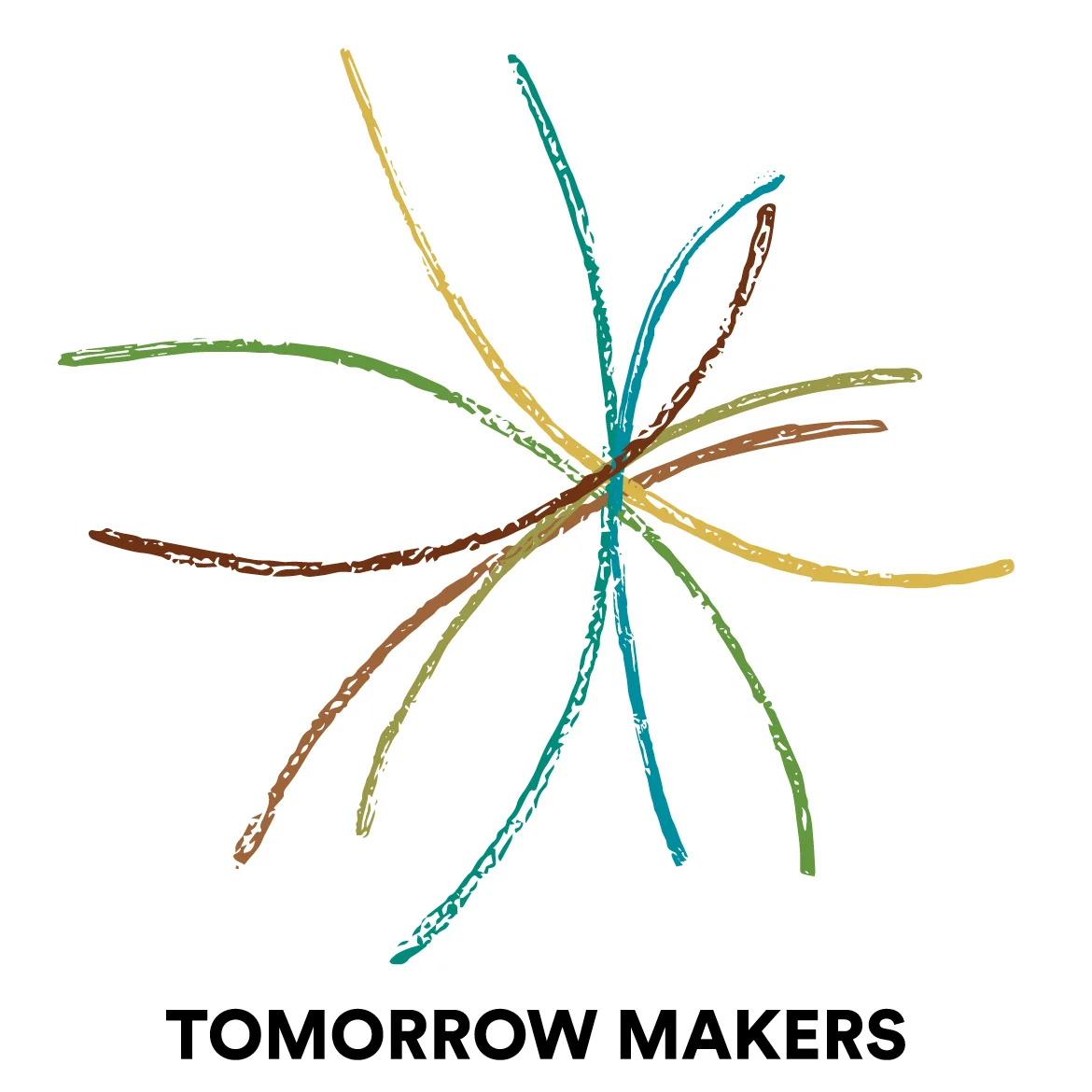Spark Card: Finding New Search Images
/We are prepared to see, and we see easily, things for which our language and culture hand us ready-made labels. When those labels are lacking, even though the phenomena may be all around us, we may quite easily fail to see them at all. The perceptual attractors that we each possess are the filters through which we scan and sort reality, and thereby they determine what we perceive on high and low levels. - Douglas Hofstadter
 Hofstadter's 'perceptual attractors' are what we call search images. These images are the perceptual cues we look for to identify and assess the systems that make up our world. Kevin Kelly's Out of Control, Chapter 4: Assembling Complexity, provides a great example by telling the story of what ecologist Steve Packard learned over numerous attempts to grow a prairie from scratch. He has some of the necessary search images going into his exploration, but they proved insufficient:
Hofstadter's 'perceptual attractors' are what we call search images. These images are the perceptual cues we look for to identify and assess the systems that make up our world. Kevin Kelly's Out of Control, Chapter 4: Assembling Complexity, provides a great example by telling the story of what ecologist Steve Packard learned over numerous attempts to grow a prairie from scratch. He has some of the necessary search images going into his exploration, but they proved insufficient:... He felt yet another ingredient must be missing which prevented a living system from snapping together. He started reading the botanical history of the area and studying the oddball species...
"What the heck is this?" he'd asked the botanist. "It's not in the books, it's not listed in the state catalogue of species. What is it?" The botanist had said, "I don't know. It could be a savanna blazing star, but there aren't any savannas here, so it couldn't be that. Don't know what is." What one is not looking for, one does not see.
... An epiphany of sorts overtook Packard when he watched the piles of his seed accumulate in his garage. The prairie seed mix was dry and fluffy-like grass seed. The emerging savanna seed collection, on the other hand, was "multicolored handfuls of lumpy, oozy, glop," ripe with pulpy seeds and dried fruits. Not by wind, but by animals and birds did these seeds disperse. The thing -- the system of coevolved, interlocking organisms -- he was seeking to restore was not a mere prairie, but a prairie with trees: a savanna... once Packard got a "search image" of the savanna in his mind, he began to see evidence of it everywhere.
What search images are you using to identify the key ingredients and instructions for assembling the project or venture you're working on?

